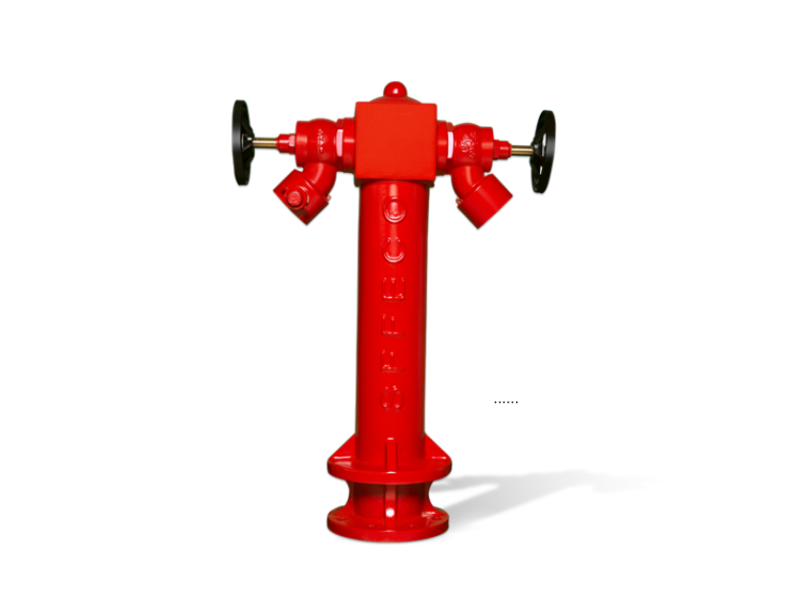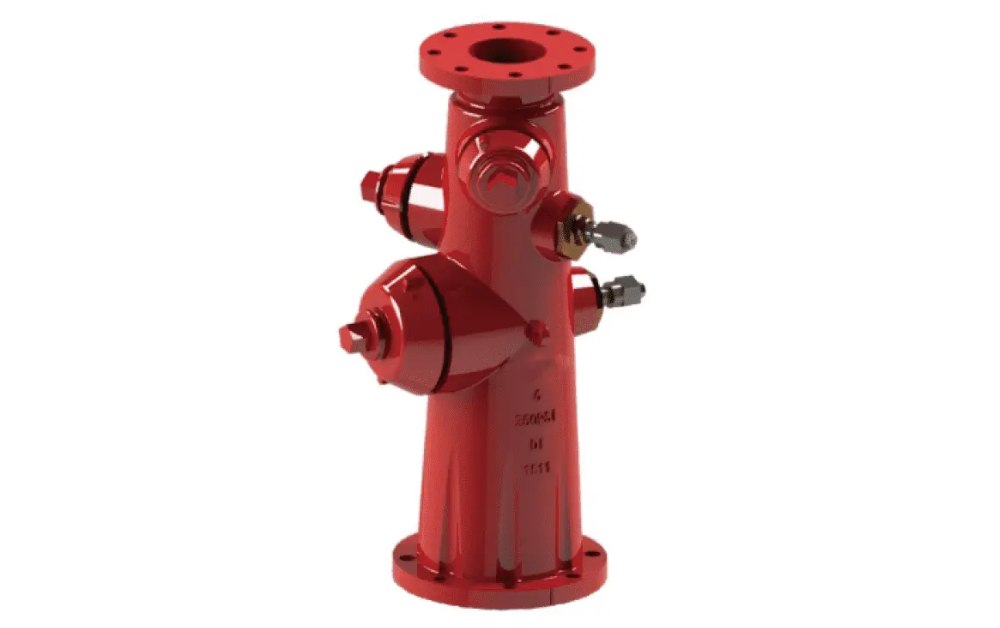
Wet barrel fire hydrants are important elements of fire protection which allow receiving necessary amount of water in case of a fire. Whereas dry barrel hydrant has the water valve placed beneath the frost line, a wet barrel hydrant has the water column outside the ground to have access to water when on demand. These hydrants are fitted with several features meant to enhance usability and safeguard in the time of calamity. In this blog let’s discuss about the basic or mandatory safety measures incorporated in the wet barrel hydrants.
High Visibility Design
The external look of wet barrel hydrants is one of the most significant safety aspects due to visibility. This is mostly because to enable them be easily identified especially in the event of an emergency, bright colour such as red, yellow, or orange are often used in the colouring of these hydrants. Situated in conspicuous regions, it becomes easy for the firefighters and other emergency service providers to identify the usage kits in crises, especially during the night or under exaggerated circumstances. That high visibility minimizes chances of an accident like collision or a misfire when accessing the hydrant.
Anti-Tamper Features
To prevent unauthorized use or vandalism, wet barrel hydrants are designed with anti-tamper features. These features include locking mechanisms on the valve nut or the nozzle caps to ensure that only trained personnel can operate the hydrant. Some hydrants are also equipped with tamper-proof covers, making it difficult for unauthorized individuals to access the water source. By reducing the risk of tampering, these safety measures help ensure that the hydrant remains functional and ready for use when needed.
Pressure Relief Valve
Wet barrel hydrants are often equipped with a pressure relief valve, a critical safety feature that prevents the hydrant from being damaged due to water pressure fluctuations. When the hydrant is opened, the pressure in the system can change rapidly, and the pressure relief valve helps maintain a steady flow of water by releasing excess pressure. This feature ensures that the hydrant is not subjected to dangerous pressure levels, reducing the risk of bursts or malfunctions during a fire emergency.
Corrosion-Resistant Materials
Since wet barrel hydrants are exposed to the elements, they are made from corrosion-resistant materials to prevent damage from environmental factors such as rain, snow, and salt. Hydrants are typically constructed from materials like ductile iron, which is coated with a layer of protective paint to prevent rust and corrosion. This feature ensures that the hydrant remains in optimal working condition, even after years of exposure to harsh weather conditions.
Easy Access for Maintenance
Regular maintenance is essential for ensuring that wet barrel hydrants remain operational in case of an emergency. Many hydrants are designed with features that make maintenance easier and safer. For example, hydrants with easy-to-remove nozzle covers allow for quick inspection and repairs. Additionally, maintenance personnel can access the hydrant without having to remove the entire structure, minimizing the risks involved with servicing the hydrant. Routine checks and upkeep ensure that safety features remain functional.
In Conclusion
Wet barrel fire hydrants are designed with various safety features that ensure reliable performance when needed the most. For reliable fire safety solutions, turn to Sensor Tech, your trusted partner for quality equipment designed to meet the highest standards.





